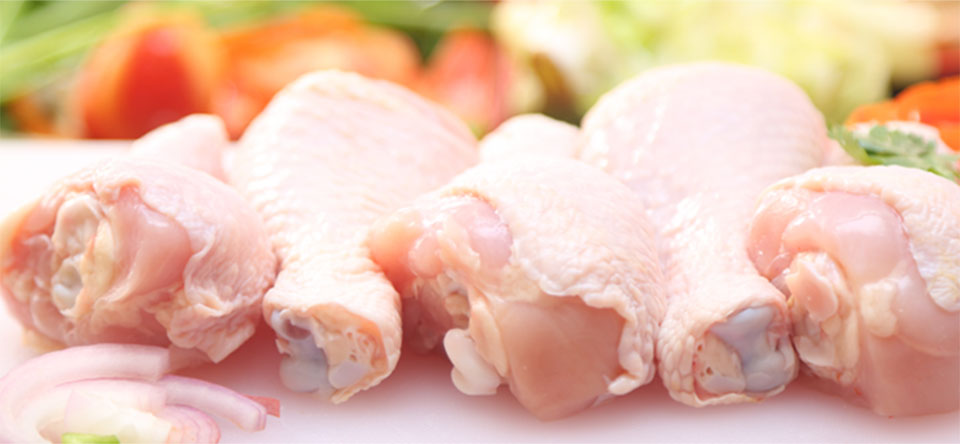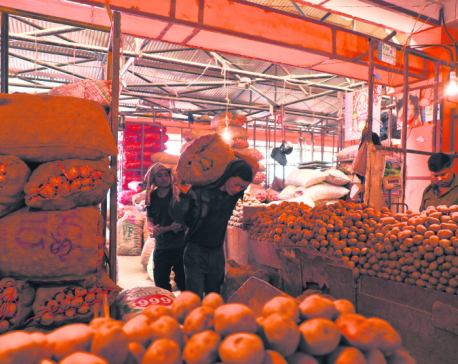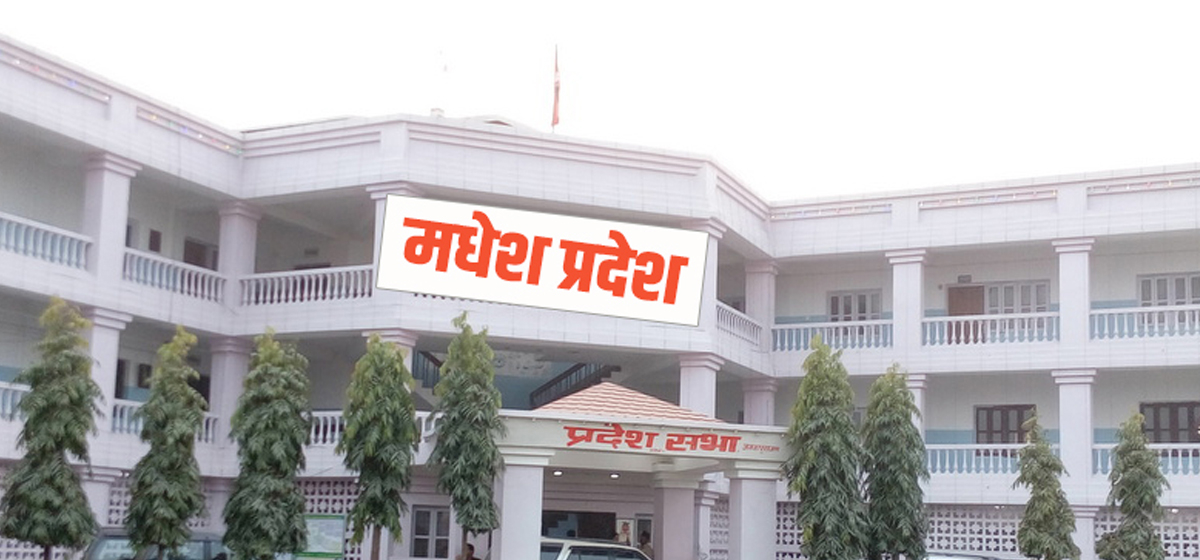
OR
As veg prices go up, meat sale shows signs of rise
Published On: November 19, 2017 08:45 AM NPT

KATHMANDU, Nov 19: Meat consumption in Kathmandu valley has not gone down even after the festive seasons are over, concurrently with increasing prices and decreasing consumption of vegetables.
Unlike in previous years, demand of meat products this post-festive season is almost equal to that during the Dashain and Tihar festivals, the high times for meat consumption. A major reason behind this is dramatically increasing prices of vegetables, according to meat producers, retailers, and consumers. This has also become a boon for meat sellers in the valley, while vegetable retailers are finding it hard to sell vegetables.
Shrijana Gautam, a resident of Sanepa in Lalitpur district told Republica: “We have to pay Rs 100 for a kilogram of tomatoes, Rs 80 for cauliflower. While the veggies are unaffordable, we find it better to eat meat, which is tastier and more fulfilling.”
Another costumer buying meat products at a local store in Lagankhel of Lalitpur district stated: “The vegetable prices have made it very hard for us to sustain. They are extremely expensive. We cannot pay that much. We are a family of three, so getting three eggs for Rs 15 each has been a routine for me.” The customer sought not to be named.
She added: “The children prefer meat to vegetable, so with similar prices, I find it better to buy chicken than costly vegetables.”
Owner of Bangalamukhi Meat Suppliers, a local meat shop in Sanepa, seconded the costumer's claim: “In the months following the festivities of Dashain and Tihar, the sales of meat product used to plunge. However, this has not been the case this year. We are selling about 20 to 30 kilograms of meat daily.”
“There has been a spike in meat sales in the stores,” said Mahesh Chaudhary of Adhunik Meat Producers at Jorpati in Kathmandu, which produces packed meat products including sausage, minced meat, chicken breast and supplies to the various shops.
Chaudhary further said: “We used to sell meat products worth about Rs 400,000 to Rs 500,000 a day during these months last year. But this year, sale has increased to Rs 1.2 million a day.”
Statistics of National Chicken Sellers Association shows that the demand of chicken is around 500 tons across the country while the consumption in the Kathmandu valley hovers between 300-350 tons.
Janga Bahadur Belbase, President of National Chicken Sellers Association, said that the demand has increased to a certain extent. “There hasn't been much decline in meat sales this year as it used to see a sharp fall immediately after the Dashain and Tihar festivals,” said Belbase adding that the continuation of the similar level of demand indicates a rise in consumption to a certain extent. “This may be due to a number of factors including the onset of winter, the arrival of wedding season, and the hike in vegetable prices,” said Belbase.
With the skyrocketing prices of vegetables in the valley, grocery storeowners have seen a significant decline in vegetable sale.
“We still sell vegetables as they are part of people's daily diet. However, people tend to purchase less vegetables,” said Nawaraj Thapa of Niharika Store at Sanepa.
Wholesalers at Kalimati Fruit and Vegetable Market have similar experience. “Retailers have halved their purchase from our shop, indicating that the consumers are also consuming half,” Krishna Chandra Upreti, a wholesaler at the Kalimati Fruit and Vegetable Market, told Republica.
You May Like This

Veg prices drop in the capital
KATHMANDU, Dec 18: Prices of vegetables like tomato, onion, cabbage and cauliflower, among others, have come down in the market,... Read More...

Veg prices fall on improved supplies
KATHMANDU, July 10: Wholesale price of seasonal vegetables has plunged due to oversupply in the market. ... Read More...

Some respite for consumers as veg prices fall
KATHMANDU, Aug 2: Price of fresh vegetables in Kathmandu have started coming down in the wholesale market, thanks to improved... Read More...






Just In
- Russia warns NATO nuclear facilities in Poland could become military target
- 16th Five Year Plan: Govt unveils 40 goals for prosperity (with full list)
- SC hearing on fake Bhutanese refugees case involving ex-deputy PM Rayamajhi today
- Clash erupts between police and agitating locals in Dhanusha, nine tear gas shells fired
- Abducted Mishra rescued after eight hours, six arrested
- Forest fire destroys 13 houses in Khotang
- First meeting of Nepal-China aid projects concludes
- Lungeli appointed as Minister for Labor and Transport in Madhesh province govt












Leave A Comment